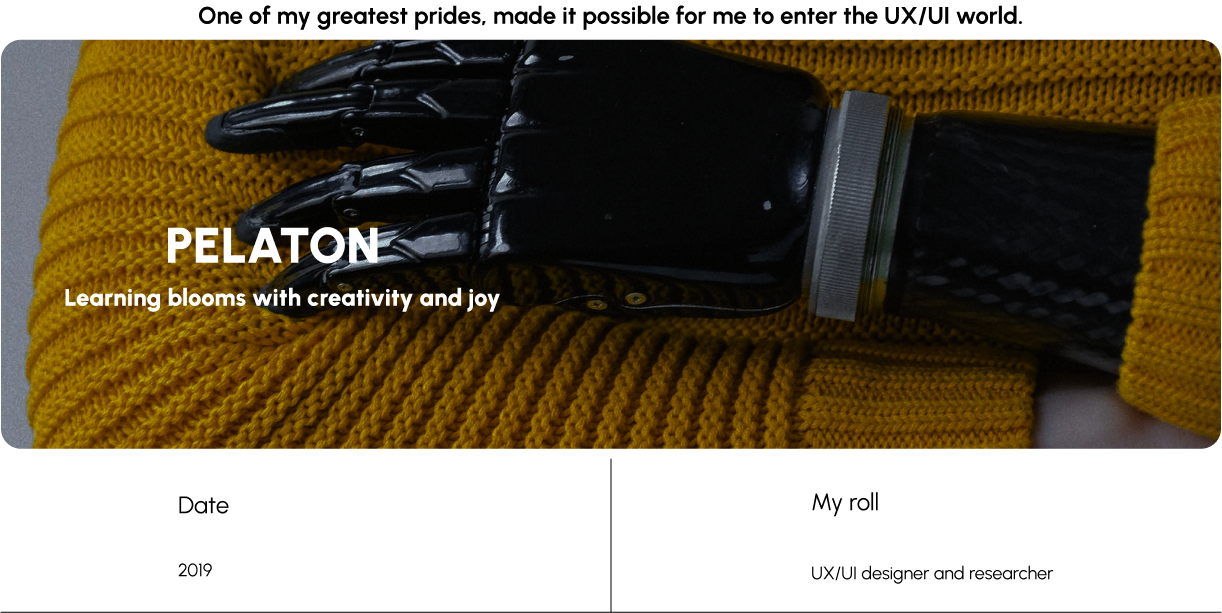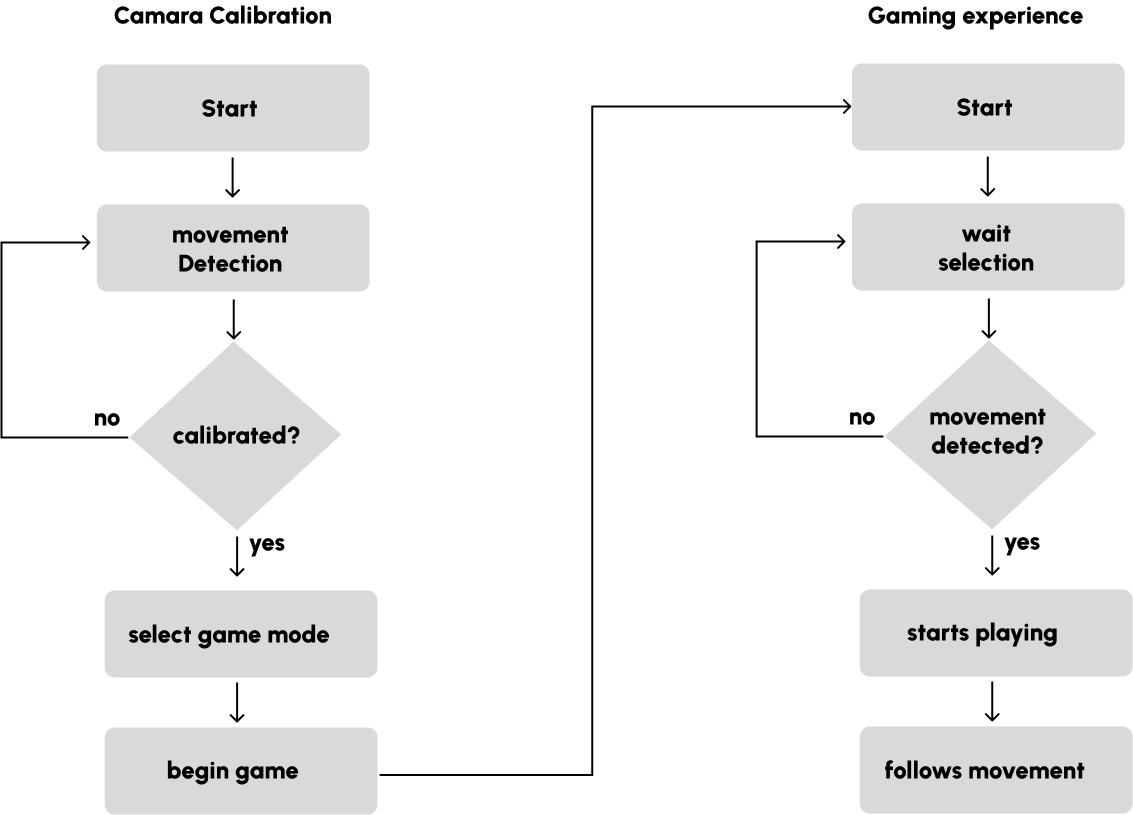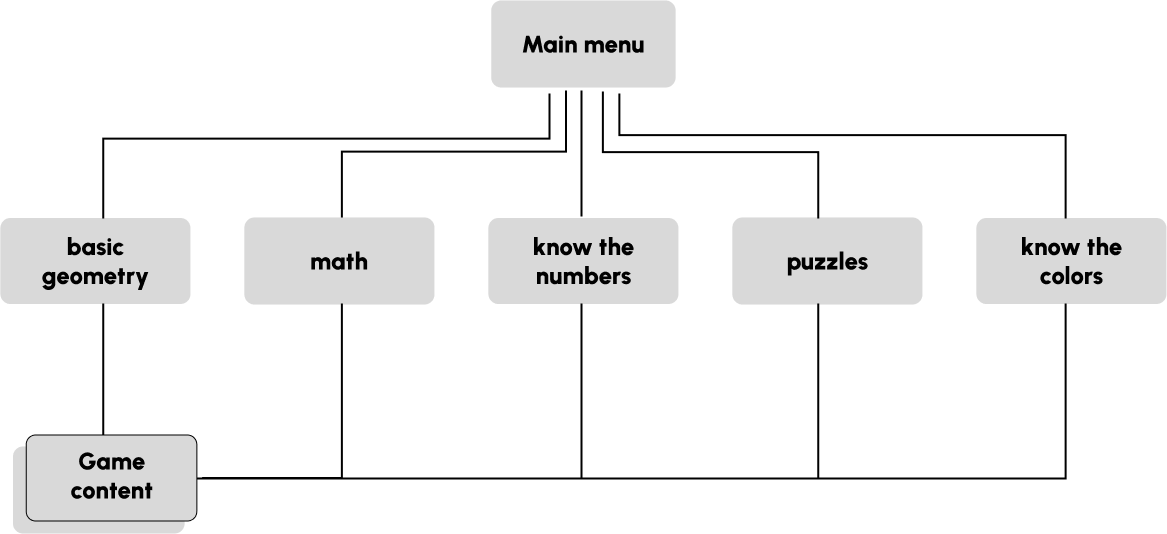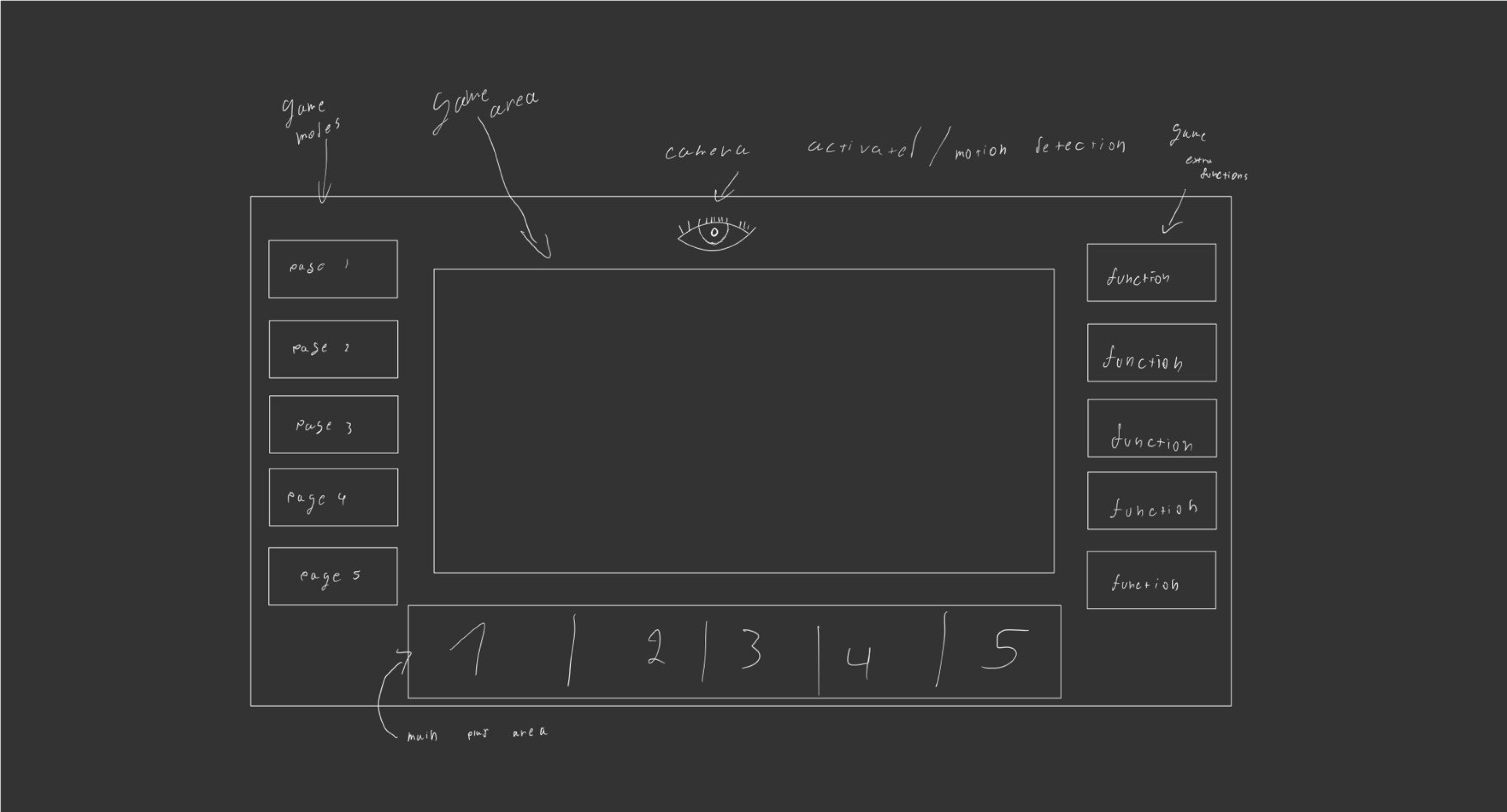
A startup organized by Intel, Pico kids, Machshava Tova, kranot and Elin hospital.
A startup organized by Elin hospital in Jerusalem: Provide education, avoid indifference and discomfort around children and caregivers. The rules: Hospital-provided tech only such as electronics, cameras, computers and toys; no external tools were allowed.

Research questions: “What is the pattern that connects the caregivers and childrens, how we can improve how children study/play with others, what is the psychology behind”.
Our journey began by focusing on understanding the behavior of children in the hospital, particularly those who felt less included among caregivers and peers. Our mission was clear: create a joyful, simple, and creative solution for these children's needs while facilitating caregivers' work. We engaged with the children, observing their interactions, movements, and emotions. Through this process, we identified the 'most unwanted children,' those with limited mobility. Despite their physical challenges, we realized they were just like any other children, but often faced social barriers. Our breakthrough idea emerged: using key movements detected by a camera and computer, we could design a game that promote learning and play, bridging the gap and fostering inclusion among all children

Our approach was rooted in empathy and direct engagement with the children themselves. We observed their behavior, interactions, movements, and emotional responses within the hospital environment. Through this extensive process, we identified a specific group of children who faced significant challenges—those with limited mobility. Despite their physical limitations, it became evident that they shared the same desire for play, learning, and social inclusion as their peers. Our breakthrough idea emerged from this insight: leveraging key movements detected by a camera and computer to design a game that would promote learning and play, bridging the gap and fostering inclusion among all children.
1. Inclusion Challenges: Many children in the hospital setting, especially those with limited mobility, faced social barriers that hindered their participation in activities and interactions with others.
2. Desire to Play: Regardless of their physical abilities, all children shared a fundamental desire for play, exploration, and learning. This intrinsic motivation provided a crucial foundation for our project.
3. Technological Potential: The integration of camera and computer technology held great promise in addressing the inclusion gap. It could translate children's movements into a platform for interactive and educational games.
4.Caregivers potential: Based on the integration of technologies that could replace basic tasks. They are able to be more creative on their work and have less stress


here we focused on “wait for input” for better game experience.

